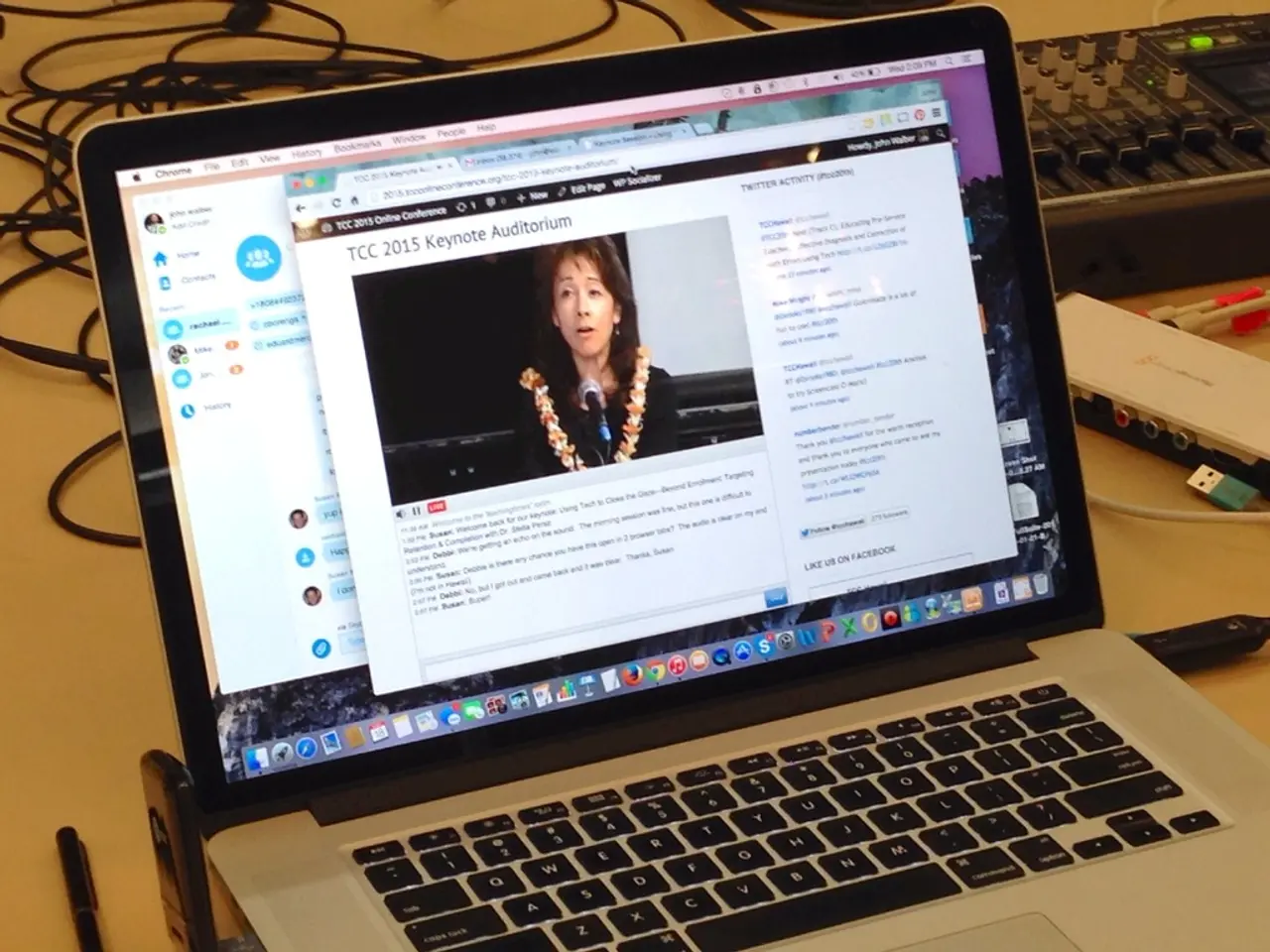Effects of Simplification on Mental Health and Wellness
In an era where technology dominates our daily lives, minimalism has emerged as a powerful tool for managing cognitive overload and enhancing digital wellbeing. By simplifying our digital habits and creating a more focused mind space, minimalism can help reduce decision fatigue, improve focus, and promote overall mental clarity.
The Benefits of Minimalism in the Digital Age
Minimalism, traditionally a lifestyle choice that emphasizes simplicity and the elimination of excess, has taken on a new dimension in the digital age. It extends its principles to our online behaviors and digital interactions, offering a solution to the challenges posed by the constant barrage of information and distractions that characterize the digital world.
Enhancing Focus and Concentration
By eliminating superfluous items and distractions from our environment, minimalism enhances focus and concentration. This is particularly important in the digital age, where the average person makes around 35,000 decisions per day, many subconsciously. Minimalism acts as a mental "cleanup," freeing up executive resources to focus on meaningful goals, relationships, and creativity rather than trivial choices.
Reducing Cognitive Overload
The principle of minimalism is not just about physical decluttering but also about reducing cognitive overload. Neurobiological studies have shown that minimalism reduces clutter and consumption cues that overstimulate the brain’s prefrontal cortex, which handles decision-making and impulse control. This reduction lowers decision fatigue and cortisol levels, a stress hormone, by decreasing activation of the amyggdala (stress center), promoting calm and physiological well-being.
Countering the Negative Effects of Excessive Screen Time
Applying minimalist principles to technology use counters the negative cognitive and emotional effects of excessive screen time. It involves intentional use of tech tools, turning off notifications, and setting boundaries like digital sabbaths to reclaim mental space and attention. Excessive screen time harms cognitive development, reduces IQ scores, and impairs brain regions linked to decision-making and problem solving. It also disrupts sleep patterns by interfering with melatonin production.
Practical Strategies for Digital Minimalism
Strategies for digital minimalism include setting specific times for checking emails and social media, unsubscribing from unnecessary digital communications, using technology to automate repetitive tasks, and being more selective about the digital content we consume.
Decluttering Physical and Digital Spaces
Decluttering physical and digital spaces is a key aspect of digital minimalism. This helps minimize sensory overload and distraction, signaling safety to the brain and improving attention. Digital declutter programs, such as a 30-day reduction in non-essential technology use, can help break compulsive digital habits and restore focus.
Designing Technology Use Aligned with Personal Goals and Values
Rather than passive consumption or succumbing to social pressures, it's important to design technology use aligned with personal goals and values. This can help ensure that technology serves as a tool for productivity and well-being rather than a source of distraction and stress.
Routine Minimalism Practices
Routine minimalism practices, such as prioritizing important decisions, simplifying daily choices like clothing or meals, and setting limits on digital engagement, can help reduce cognitive load and improve mental clarity.
In conclusion, scientific and practical evidence converge on minimalism as a strategy to support cognitive well-being by lowering stress and exhaustion from constant decision-making and digital distractions, thus enhancing mental clarity and emotional regulation in the digital age. By embracing minimalism, we can navigate the digital world with greater focus, clarity, and control.
[1] C. Gregoire, "Minimalism: The Art of Less," TED Talk, 2014. [2] C. Newport, "Digital Minimalism: Choosing a Focused Life in a Noisy World," 2019. [3] F. D. Keller, "The Marshmallow Test: Mastering Self-Control," 2015. [4] M. Twenge, iGen: Why Today's Super-Connected Kids Are Growing Up Less Rebellious, More Tolerant, Less Happy—and Completely Unprepared for Adulthood—and What That Means for the Rest of Us, 2017.
- Minimalism in the digital age has adapted to control cognitive overload and boost digital wellbeing, focusing on simplifying online behaviors and interactions.
- The practice of minimalism enhances focus and concentration by eliminating unnecessary items and distractions, crucial in the digital era where decision-making is excessive.
- Neurobiological research demonstrates that minimalism decreases clutter and stimuli, reducing activation of the prefrontal cortex, decision-making and impulse control center, thereby lessening decision fatigue.
- Reduced cognitive overload also diminishes cortisol levels, a stress hormone, promoting calm and physiological well-being.
- Minimalist principles applied to technology use counteract the negative cognitive and emotional effects of excessive screen time, promoting productivity and well-being.
- Strategies for digital minimalism involve setting specific times for digital engagements, unsubscribing from unwanted digital communications, automating repetitive tasks, and choosing selective digital content consumption.
- Digital space decluttering minimizes sensory overload and distraction, signaling safety to the brain, which in turn improves attention.
- One can design technology use in alignment with personal goals and values to ensure it functions as a tool for productivity and well-being instead of a distraction.
- Routine minimalism practices, such as prioritizing important decisions, simplifying daily choices, and setting digital engagement limits, can help alleviate cognitive load and improve mental clarity.
- Embracing minimalism can help navigate the digital world with greater focus, clarity, and control, enabling mental clarity and emotional regulation while lessening stress and exhaustion from constant decision-making and digital distractions. (References: [1-4])




